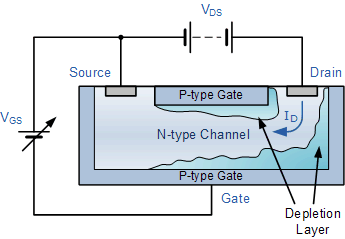

When a transistor is on, or open, then an electric current can flow through. This gate in the world of digital electronics is known as a transistor and can be in one of two states, on or off, or open or closed if you like to think of it as a gate. In a computer, we can also use a gate to control a flow and achieve an end goal, but instead of chickens, we control the flow of an electric current as it goes running around a circuit. Outputs come in many forms, for chickens, its eggs, for electronics its voltage! This gate is your method of controlling the flow of chickens into and out of your farm and helps you to meet your goals of having happy and healthy creatures that continue laying eggs for years on end. Each morning you wake up, open the gate to your farm, and let your chickens loose out in your pasture. Let’s say you’re living out on a farm, and you’ve got a bunch of chickens to tend to on a nice plot of land. To get from 1s and 0s to the latest advances in medicine, space exploration, and science, you’ve got to start with logic gates.

Our ability to add, subtract, multiply, and divide binary numbers in a variety of ways is what has allowed us to create the world of digital electronics that we know today. No, what makes all of this possible is our ability to slice and dice binary numbers in all of their infinite possibilities through some heavy hitting mathematics. The binary world of 1s and 0s alone doesn’t allow us to re-land rockets in the middle of the ocean, or deliver packages within minutes through the use of drones, or map the known physical universe and all of its wonders. 13 min read Making Sense of Logic Gates: The Hidden World of Digital Electronics


 0 kommentar(er)
0 kommentar(er)
